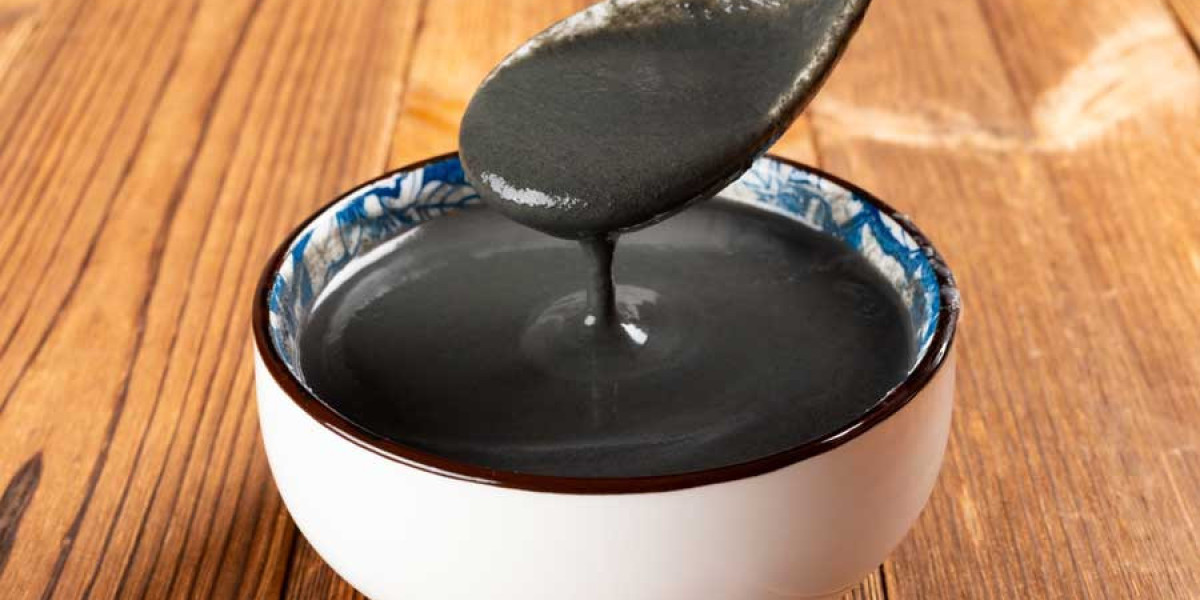Discover Licorice Root's Origins
For millennia, people have valued licorice root for its distinct taste and several health advantages. Knowing the history of licorice will help you appreciate this amazing plant, whether you're an expert in herbal medicines or just like the flavor. With an emphasis on organic licorice root, this article explores the history, cultivation, and health advantages of licorice root.
The Historical Significance of Licorice Root
Licorice root has a rich history that spans thousands of years and multiple cultures. It was revered in ancient civilizations for both its medicinal properties and its culinary uses.
Ancient Uses and Cultural Importance
Licorice root's history dates back to ancient Egypt, where it was used in a sweet drink favored by the pharaohs. Egyptian hieroglyphics depict its use in medicinal concoctions. In ancient China, licorice root was a key ingredient in traditional medicine, believed to enhance the effects of other herbs and promote overall health. Similarly, Greek and Roman physicians, including Hippocrates, acknowledged its therapeutic properties.
Licorice Root in Traditional Medicine
Throughout history, licorice root has been a staple in traditional medicine systems around the world. In Ayurveda, the ancient Indian system of medicine, licorice root is known as "Mulethi" and is used to treat respiratory and digestive ailments. Traditional Chinese Medicine (TCM) also regards licorice root as a harmonizer, balancing the effects of other herbs and supporting the body's internal organs.
Botanical Origins of Licorice Root
To understand where licorice root comes from, it's essential to explore its botanical background and natural habitat.
The Glycyrrhiza Genus
Licorice root is derived from plants in the Glycyrrhiza genus, which belongs to the legume family, Fabaceae. The most common species used for medicinal and culinary purposes is Glycyrrhiza glabra. Other species, such as Glycyrrhiza uralensis and Glycyrrhiza inflata, are also used, particularly in different regions of Asia.
Natural Habitat and Growing Conditions
Licorice plants are native to various regions, including Southern Europe, the Middle East, and parts of Asia. They thrive in well-drained soils and prefer sunny environments. These hardy plants can grow in a variety of soil types but are particularly abundant in sandy or loamy soils found near riverbanks and floodplains.
Cultivation of Organic Licorice Root
The cultivation of licorice root, particularly organic licorice root, involves specific practices to ensure the highest quality and sustainability.
Organic Farming Practices
Organic licorice root is grown without the use of synthetic fertilizers, pesticides, or genetically modified organisms (GMOs). Organic farming practices emphasize soil health, biodiversity, and ecological balance. This approach not only produces a superior product but also supports environmental sustainability.
Harvesting and Processing
Licorice root is typically harvested in the autumn when the plant's active compounds are most concentrated. The roots are carefully dug up, cleaned, and dried. Organic licorice root undergoes minimal processing to preserve its natural properties. After drying, the roots can be cut, ground into powder, or processed into extracts for various uses.
Health Benefits of Organic Licorice Root
Licorice root is renowned for its health benefits, which are attributed to its unique chemical composition.
Key Compounds and Their Effects
Licorice root contains several bioactive compounds, including glycyrrhizin, flavonoids, and saponins. Glycyrrhizin, the primary active compound, is responsible for the root's sweet taste and numerous health benefits. It has anti-inflammatory, antiviral, and antimicrobial properties.
Therapeutic Uses
Organic licorice root is used to treat a variety of ailments. It is commonly employed in herbal medicine to soothe sore throats, alleviate digestive issues, and support respiratory health. Additionally, licorice root is used to manage stress and fatigue due to its adaptogenic properties, which help the body cope with stressors.
Safety and Precautions
While organic licorice root offers numerous benefits, it is essential to use it responsibly. Excessive consumption of glycyrrhizin can lead to adverse effects, such as high blood pressure and low potassium levels. Therefore, it is crucial to follow recommended dosages and consult with a healthcare professional before using licorice root as a supplement.
The Economic and Environmental Impact of Organic Licorice Root
The cultivation and trade of organic licorice root have significant economic and environmental implications.
Global Trade and Market Demand
Licorice root is a valuable commodity in the global market, with demand driven by its use in the food, beverage, and pharmaceutical industries. Organic licorice root, in particular, commands a premium price due to its perceived health benefits and sustainable farming practices.
Sustainability and Environmental Considerations
Sustainable cultivation of organic licorice root helps protect ecosystems and promotes biodiversity. Organic farming reduces the reliance on chemical inputs, which can harm soil health and water quality. By supporting organic licorice root, consumers can contribute to more sustainable agricultural practices and environmental conservation.
Culinary Uses of Organic Licorice Root
Beyond its medicinal properties, organic licorice root is a versatile ingredient in the culinary world.
Traditional and Modern Recipes
Licorice root has been used in traditional recipes for centuries. In Scandinavian countries, it is a popular flavoring for candies and liqueurs. In contemporary cuisine, chefs experiment with licorice root to add unique flavors to dishes, ranging from savory sauces to sweet desserts.
Licorice Root in Beverages
Organic licorice root is also used to flavor beverages. It is a common ingredient in herbal teas, offering a natural sweetness and a hint of anise-like flavor. Additionally, licorice root extracts are used in brewing to add complexity to beers and liquors.
The Future of Organic Licorice Root
As awareness of natural and sustainable products grows, the future of organic licorice root looks promising.
Research and Development
Ongoing research into the health benefits of licorice root continues to uncover new applications and potential therapeutic uses. Advances in organic farming techniques also promise to enhance the quality and yield of licorice root crops.
Consumer Trends and Preferences
Consumers are increasingly seeking organic and natural products, driving demand for organic licorice root. This trend is likely to continue as people become more health-conscious and environmentally aware.
Sustainability Initiatives
The future of organic licorice root will also be shaped by sustainability initiatives aimed at promoting ethical and eco-friendly practices. From fair trade programs to regenerative agriculture, these initiatives seek to ensure that the cultivation of licorice root benefits both people and the planet.
The Enchanting Potential of Licorice Root
Licorice root's journey from ancient civilizations to modern kitchens and pharmacies is a testament to its enduring appeal and versatility. Organic licorice root, in particular, represents the pinnacle of quality and sustainability, offering a product that is as beneficial to consumers as it is to the environment. Whether used for its health benefits or as a unique culinary ingredient, organic licorice root continues to captivate and inspire.














